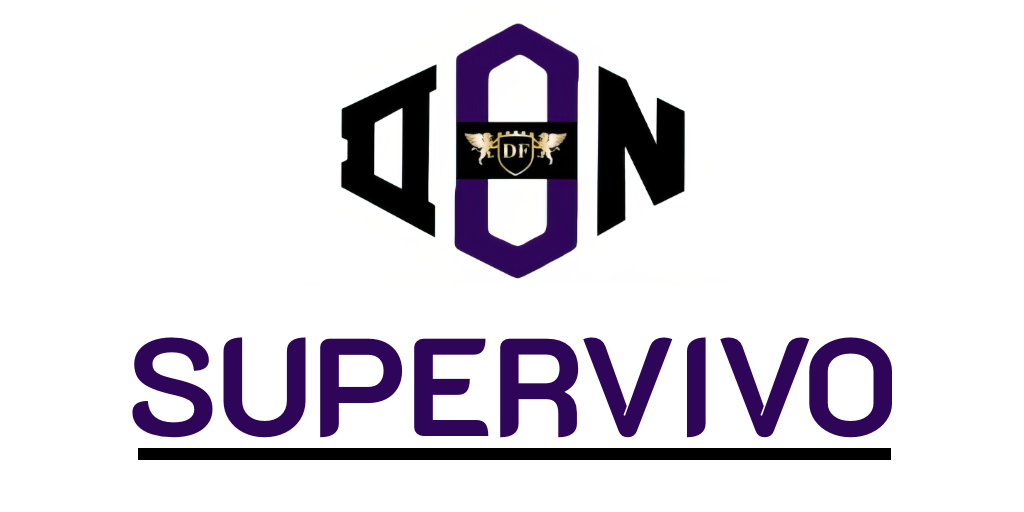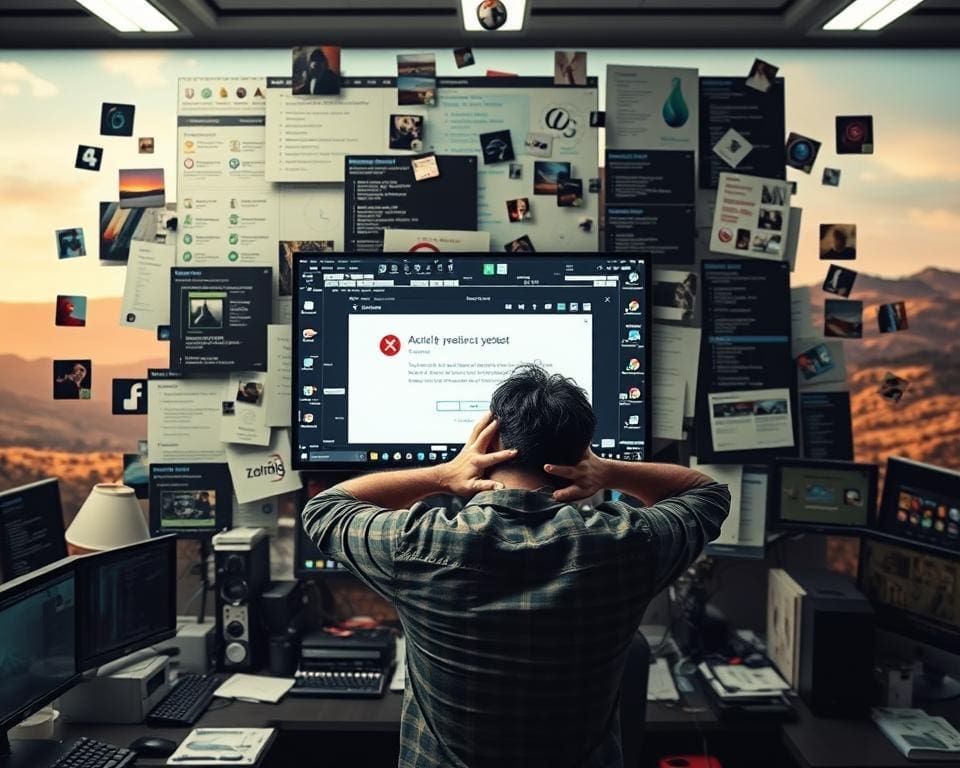User interfaces (UIs) are not static entities; they evolve alongside technology, user expectations, and the demands of modern functionality. As we delve into the question of what breaks most user interfaces over time, it becomes essential to recognise the factors contributing to user interface degradation. Over time, without regular maintenance, UIs can reflect significant performance issues, which ultimately detract from the user experience. Through analysis of case studies and industry insights, we will uncover prevalent trends and statistics that illustrate the detrimental effects of neglecting UI maintenance and the proactive measures necessary for sustaining optimal performance.
The Importance of User Interface Maintenance
User interface maintenance plays a crucial role in ensuring that a digital product remains effective and user-friendly. Regular upkeep not only helps to resolve minor bugs but also improves the overall functionality and security of the interface. Organisations must commit to this ongoing process to provide users with a seamless experience.
Understanding Regular Updates
Implementing regular updates is essential for maintaining a robust user interface. These updates can address vulnerabilities that may compromise security, while also adding new features that enhance usability. As industry standards evolve, keeping the user interface current with technological advancements ensures it remains competitive. The best practices for UI sustainability involve setting up a routine for these updates, empowering teams to act swiftly as issues arise.
Monitoring and Adapting to User Feedback
User feedback serves as a fundamental component in the maintenance cycle. By actively seeking and responding to user insights, organisations can adapt their interfaces to align with current needs and preferences. This responsiveness not only fosters user loyalty but also enhances the overall effectiveness of the digital product. Companies that excel in integrating user feedback into their maintenance strategy often see increased satisfaction and engagement. Emphasising the significance of effective user interface maintenance is a key step towards achieving long-term success.

What breaks most user interfaces over time?
Understanding the challenges that affect user interfaces is crucial in maintaining their effectiveness. Over time, many common UI issues arise, stemming from stagnation and the failure to adapt to evolving user expectations. These challenges can lead to frustrating experiences for users, ultimately diminishing the interface’s value.
Common UI Issues that Emerge
As technology advances, several common UI issues become prevalent. These include broken links, slow load times, and inconsistent design elements. Such problems typically manifest when necessary updates are overlooked or when new technologies are integrated without thorough testing. Users expect a seamless experience, and encountering these issues can significantly detract from their overall satisfaction.
User Behaviour Changes and Their Impact
Shifts in user behaviour changes greatly influence the effectiveness of user interfaces. Trends in online usage often reshape user expectations. For instance, as mobile devices become more popular, interfaces initially designed for desktop use may feel outdated or cumbersome. Gathering insights through online surveys helps illustrate these shifts, reinforcing the need for continuous evaluation and adaptation to ensure that UIs remain relevant and user-friendly.
Identifying UI Design Flaws
Designing an effective user interface requires vigilance and an awareness of potential vulnerabilities. Identifying UI design flaws early can significantly enhance user experience and maintain the integrity of a platform. User testing serves as a pivotal tool in uncovering issues that may go unnoticed by developers, offering invaluable insights for improvement.
The Role of User Testing
User testing can take various forms, including A/B testing and usability testing. Each method provides unique perspectives on how users interact with an interface. Evaluating user behaviour helps in identifying specific UI design flaws. For instance, A/B testing allows designers to understand which version of a webpage leads to better engagement. Observing real users navigating a design reveals practical challenges, fostering an environment conducive to refinement and discovery.
Common Pitfalls in UI Design
Several common pitfalls in UI design can hinder an optimal user experience. Overcomplicated navigation often frustrates users and detracts from their experience. Non-responsive elements may render a platform unusable across different devices, significantly affecting accessibility. Prominent platforms like Yahoo and Reddit have faced criticism for their complex designs, showcasing the importance of simplicity and responsiveness. Addressing these common pitfalls in UI design is essential for fostering satisfaction and loyalty among users.
Long-Term UI Deterioration
The world of technology evolves quickly, leading to a continual shift in user expectations. As new innovations enter the marketplace, interfaces designed for outdated standards face challenges, resulting in long-term UI deterioration. This decline can often be traced back to companies that fail to adapt their user interfaces alongside these advancements.
Impact of Technological Advancements
Technological advancements frequently alter user interaction patterns. Devices evolve, and with them come new operating systems and functionalities. A UI that once appeared modern might soon feel clunky or irrelevant. Companies that embrace these changes often reap the rewards of a refreshed user experience.
- Continuous updates ensure the UI remains relevant.
- Adapting design based on user feedback increases satisfaction.
- Innovative technologies, like AI, can enhance functionality.
System Compatibility Challenges
As systems and devices change, compatibility becomes a prominent concern. Users find frustration when a beloved app or website no longer functions smoothly on their new gadget. This situation highlights the importance of maintaining system compatibility to prevent long-term UI deterioration. Brands that neglect this aspect risk alienating their user bases.
Companies like Apple and Microsoft have demonstrated the benefits of regularly updating their UIs to keep pace with technological advancements. In contrast, those that delay necessary revisions may find themselves declining in user engagement, showcasing the critical nature of adapting to both changes in technology and user expectations.
Improving UI Longevity and Sustainability
Enhancing the longevity of user interfaces requires a thoughtful approach focused on best practices that embrace adaptability and user-centric design. By implementing modular design principles, organisations can create systems that easily integrate new features and functionalities without overhauling the entire interface. This adaptability is crucial for addressing emerging UI performance issues, allowing teams to evolve interfaces in line with user expectations and technological advancements.
Incorporating regular performance assessments is essential for identifying and mitigating potential UI performance issues before they escalate. Conducting routine evaluations helps ensure that interfaces remain efficient and user-friendly, while maintaining a consistent focus on the needs of the users. Engaging with the community is also pivotal; responsiveness to user feedback not only enriches the design but helps establish a sense of loyalty and ownership among the user base.
Furthermore, drawing on guidelines from reputable organisations such as the Nielsen Norman Group can provide invaluable insights into enhancing UI sustainability. Their emphasis on a proactive approach encourages designers to anticipate future challenges and continuously refine their interfaces. By prioritising long-term strategies for improving UI longevity, teams can create a digital environment that is not only feasible but also enriching and engaging for users.









